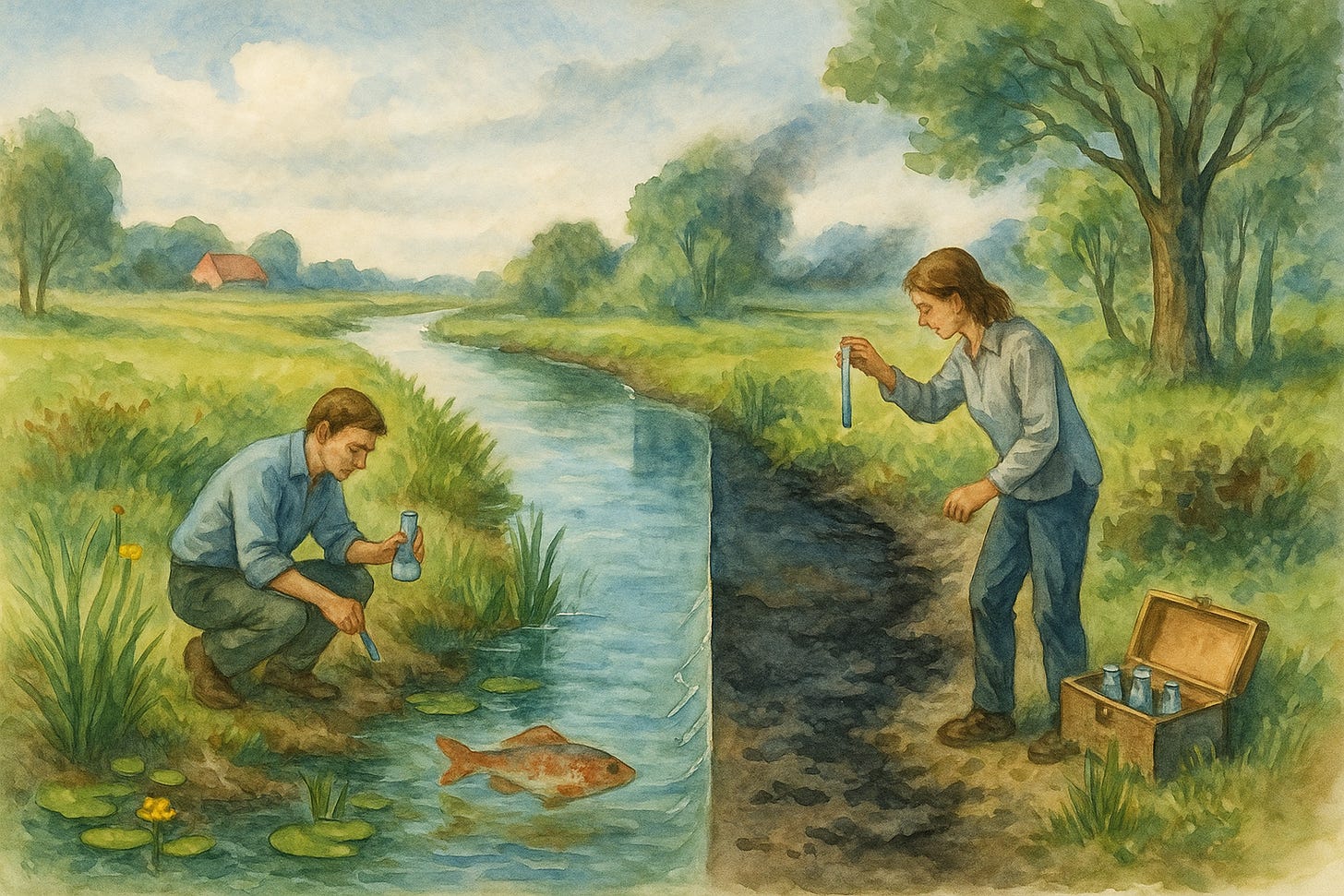Newsletter: Is Our Water Clean Enough?
Dear Reader,
Have you ever paused to consider the journey of the water flowing from your tap? Behind every refreshing sip lies a complex collaboration between water labs, water boards, and cutting-edge technologies. From source monitoring to your glass, challenges like hormone residues, pharmaceutical traces, and industrial pollutants demand constant vigilance. In this edition, we explore how these water guardians keep our supplies safe and clean—and what you can do to support cleaner water in your own community.
Is our water clean enough?
Who monitors our water quality? “Ultimately, the drinking water company is responsible for the water that comes out of our taps,” says Hilde Prummel, director of Waterlaboratorium Noord. “But we test and monitor water quality every day from source to tap in Groningen and Drenthe, whereas the water boards oversee surface water. Of course, we work very closely together.
”
Water quality is quite a complex issue. How do you prevent the influx of hormones and pharmaceutical residues into our water? These pose significant problems for wildlife, causing sex changes in fish and amphibians. How do we ensure medications don’t end up in drinking water? Who is responsible? “Well, I can shed some light on that. The entity legally responsible for tap water quality is the water company, and so far, there aren’t major issues there. My concern, however, lies with the substantial pharmaceutical residues we find in surface and even groundwater, which are the very sources we use for drinking water. Addressing this requires collaboration. Hospital wastewater only contributes about 15% of the residues—most medications are excreted at home. Central treatment would be ideal. Our advanced lab equipment now detects far more than it used to. As someone who started as a water purifier, my heart beats faster at the sight of these new insights. Currently, we’re piloting a project at the Garmerwolde treatment plant, treating wastewater from Groningen city and its hospitals using plants and membrane filtration. The most promising technique is enzymatic breakdown of drug molecules so bacteria can consume them—if successful, that’s the future.”
What about industrial wastewater, like that in the Rhine—a major Dutch water source? Efforts have failed to keep it clean upstream. In Northern Netherlands, pipelines like the one from Veendam still discharge into the Wadden Sea after passing through industrial zones. “But imagine doing that for the Rhine: water companies in the west would have to filter it all out again at great expense—hence why western tap water is two to three times more expensive than in the north.” Challenges abound: industrial discharges and agricultural pesticides (like Roundup) have rendered only 1% of Dutch waters “good” under the EU Water Framework Directive. And that’s before we consider microplastics and PFAS. “The more we prevent pollutants at the source, the better we protect drinking water quality,” Hilde emphasizes. For now, Dutch tap water remains safe—so her final advice is clear: drink straight from the tap, reduce plastic waste, and enjoy fresh water responsibly.
5 Practical Tips from Hilde Prummel on Water Quality
Drink tap water. It’s usually of higher quality than bottled water and far more sustainable. No shipping bottlenecks, fewer carbon emissions, and virtually no plastic waste.
Don’t flush medications. Pharmaceutical residues end up in ecosystems, disrupting wildlife. Return unused medicine to pharmacies or designated drop-off points to protect aquatic life.
Minimize pesticide use. Substances like Roundup introduce persistent toxins into water sources. Opt for eco-friendly solutions or manual weed control whenever possible.
Read product labels. Harmful chemicals are required to be labeled; never rinse them down the drain. Take empty containers to municipal depots to ensure safe disposal.
Consider a water-care career. With global demand for water experts on the rise, a degree in water management or environmental technology opens international doors.
Stay Connected!
For more deep dives into water science and nature, subscribe to our podcast and Substack at mennoenerwin.nl.



